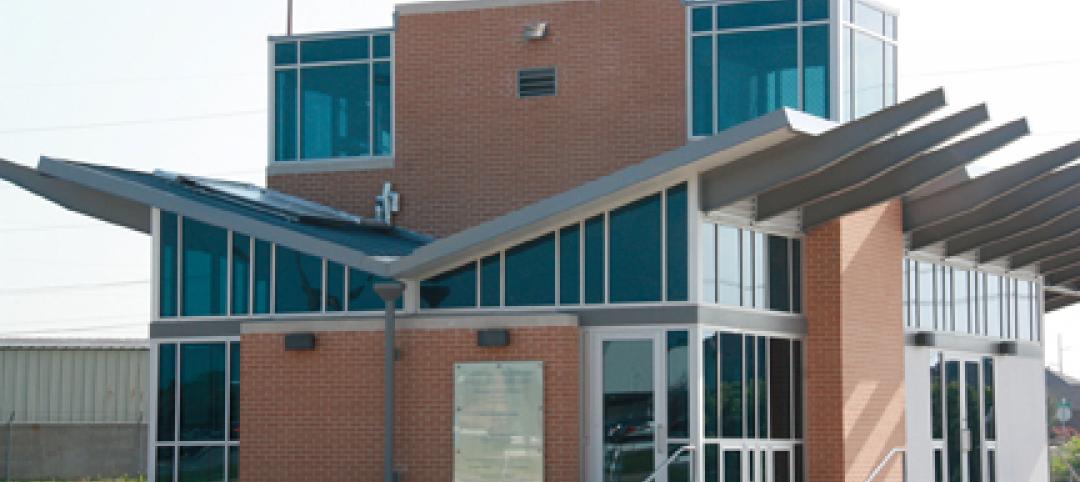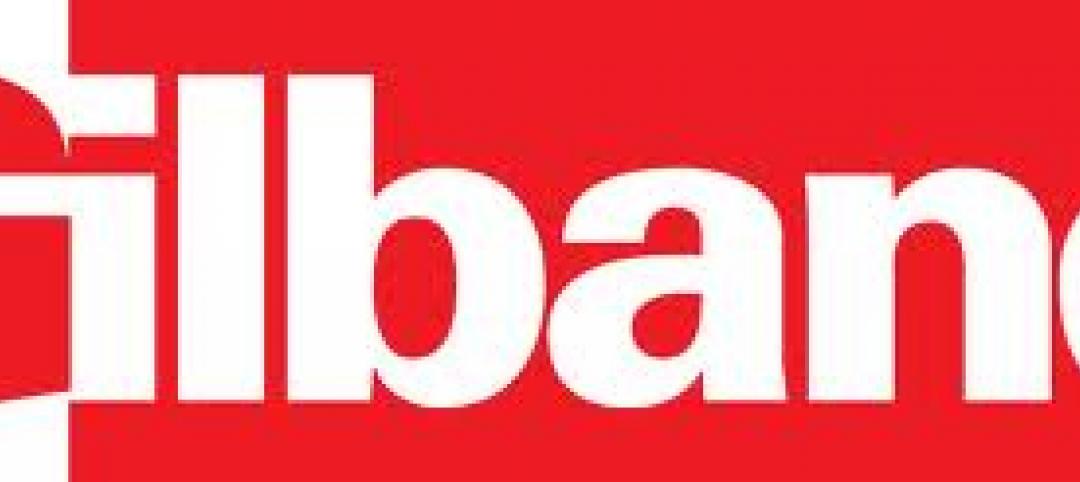Skipping Stone, Schneider Electric and Lawrence Berkeley National Laboratory announced today the formation of a committee tasked with enhancing the current Demand Response LEED Pilot Credit. The team, led by Skipping Stone and composed of Schneider Electric and the Demand Response Research Center (DRRC) at Lawrence Berkeley National Laboratory, will collaborate on enhancing the credit to enable commercial building owners and LEED green building projects to earn credits in LEED for enrolling in utility or wholesale market demand response programs.
The enhanced program will provide LEED projects with demand response definitions, participation options for buildings, and implementation and documentation requirement guidelines. The team will also develop a robust market research agenda to study participation across markets, adoption criteria, load reduction scenarios, utility service territory benchmarking and implementation technology drivers. To assist buildings in identifying existing demand response programs, Skipping Stone will provide U.S. Green Building Council (USGBC) members with a searchable national database of programs.
“Demand response is unique in comparison to other LEED credits as it requires coordination with the utility and wholesale markets,” said Brendan Owens, Vice President, LEED Technical Development, USGBC. “By bringing this team of experts from the energy and building communities together, USGBC will benefit from the combined expertise.”
“Demand response is a new path for USGBC and critical to the building communities’ involvement in the smart grid,” indicated Mark MacCracken, USGBC Chairman.
“One of our key strategic initiatives focuses on taking buildings into the energy markets through demand response initiatives,” said Jim Anderson, Vice President, USA Utility and Smart Grid Business for Schneider Electric. “Being asked to assist USGBC by providing our proven building and implementation perspective is an honor in this groundbreaking endeavor.”
The revised Demand Response LEED Pilot Credit will be published later this spring. Based on feedback from participating buildings, the market research generated in the market pilots and input from pilot sponsors, recommendations will be made for eventual integration of the Demand Response Credit into the Energy & Atmosphere Credits in the next version of the LEED rating system, LEED 2012.
To propel building community adoption of both demand response and the revised LEED credit, USGBC will be launching a series of utility service territory market pilots. Skipping Stone has been named as the market pilot manager and is currently developing stakeholder support with potential host utilities, market operators, regulators, enabling technology and services providers and other interested parties.
“This USGBC initiative is a game changer for the adoption of demand response by the commercial building sector,” said Peter Weigand, Skipping Stone Chairman and CEO. “We hope that the energy community gets behind these market pilots because this it is a great opportunity to help drive commercial sector adoption of load management programs.”
Related Stories
| May 7, 2012
4 more trends in higher-education facilities
Our series on college buildings continues with a look at new classroom designs, flexible space, collaboration areas, and the evolving role of the university library.
| May 7, 2012
Best AEC Firms: MHTN Architects nine decades of dedication to Utah
This 65-person design firm has served Salt Lake City and the state of Utah for the better part of 90 years.
| May 7, 2012
2012 BUILDING TEAM AWARDS: Fort Belvoir Community Hospital
A new military hospital invokes evidence-based design to create a LEED-certified facility for the nation’s soldiers and their families.
| May 3, 2012
2012 BUILDING TEAM AWARDS: Rush University Medical Center
This fully integrated Building Team opted for a multi-prime contracting strategy to keep construction going on Chicago’s Rush University Medical Center, despite the economic meltdown.
| May 3, 2012
Best commercial modular buildings and marketing programs recognized
Judges scored entries on architectural excellence, technical innovation, cost effectiveness, energy efficiency, and calendar days to complete.
| May 3, 2012
Zero Energy Research Lab opens at North Texas
The living lab—the only one of its kind in Texas—is designed to test various technologies and systems in order to achieve a net-zero consumption of energy.
| May 3, 2012
NSF publishes ANSI standard evaluating the sustainability of single ply roofing membranes
New NSF Standard provides manufacturers, specifiers and building industry with verifiable, objective criteria to identify sustainable roofing products.
| May 3, 2012
Gilbane to provide CM services for North Reading’s integrated middle/high school
The project scope includes a wastewater treatment plant, demolition of the existing high school and extensive athletic fieldwork.
| May 2, 2012
Public housing can incorporate sustainable design
Sustainable design achievable without having to add significant cost; owner and residents reap benefits














